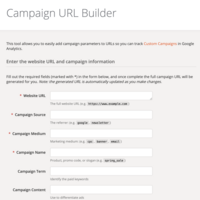How to Use a UTM Campaign Builder

- Use Google’s UTM Campaign URL Builder to create trackable links.
- Track five main UTM parameters: Source, Medium, Campaign, Term, and Content to evaluate campaign performance.
- Ensure consistency in UTM tracking by planning ahead and structuring campaigns accordingly.
- Utilize UTM codes to identify and focus on high-return marketing strategies.
- Consider hiding UTM parameters when tracking in competitive markets to maintain an advantage.
Driving traffic to your site from campaigns is great— but knowing how and why that traffic got to it is even better. UTM codes are invaluable to gathering this data.
What Are UTM Codes, and What Do They Track?
UTM Codes are the parameters (tags) added onto the end of a URL. There are five UTM parameters that can be tracked:
- Source. This the traffic source where potential customers are coming from, ranging from Google to Facebook to LinkedIn.
- Medium. More specific than source and can include more details like socials, PPC, email, or even print.
- Campaign. This is why people are coming to your URL and meant to align with the sales and marketing campaigns that your company is running.
- Term. A keyword that is often associated with paid ads and PPC. Terms track the keyword(s) that the user searched for in order to land on your page.
- Content. Helpful for keeping track of variance as well as different CTAs within a specific piece. Content can help keep track of A/B variance in email or partner landing pages.
How Do You Create UTM Codes Using a UTM Builder?
A good tool to use for creating UTM codes is via a UTM Builder, such as Google’s UTM Campaign URL Builder. Essentially, you enter your parameters for campaign tracking, as well as the URL to the landing page that you want to track, and it will create your UTM coded link to then distribute.

Want to Win More High-Value Accounts?
We’ll work with your team to pinpoint your ideal accounts, align messaging across departments, and build a campaign that drives real results.
What Are Some Ways to Use UTM Tracking?
It is crucial to be able to measure the success of a campaign, as well as to be organized in a series of strategies within a campaign. Knowing how individual strategies are returning investment is essential to being able to keep building upon those, and to phasing out ones that don’t seem to be working. UTM tracking can help you confidently know which aspects of your marketing campaign are working, and that can be invaluable.
What Are Some Best Practices for UTM Tracking?
When within a highly competitive market, it can be beneficial to hide some of the parameters that you’re tracking, especially if you are tracking your competitors. You should also target customers based on media. For example, you will know more about an audience on LinkedIn because LinkedIn offers much more user data, as opposed to another platform like Facebook. You can then use this date to retarget to another platform, knowing exactly which audiences to target.
Another key focus should be consistency. Once you have nailed down how you want data to appear in your reports, plan ahead, and build out those keywords so that your data is clean and makes sense going forward. This also forces you to design and structure your future campaigns to hone in on that important tracking data.








